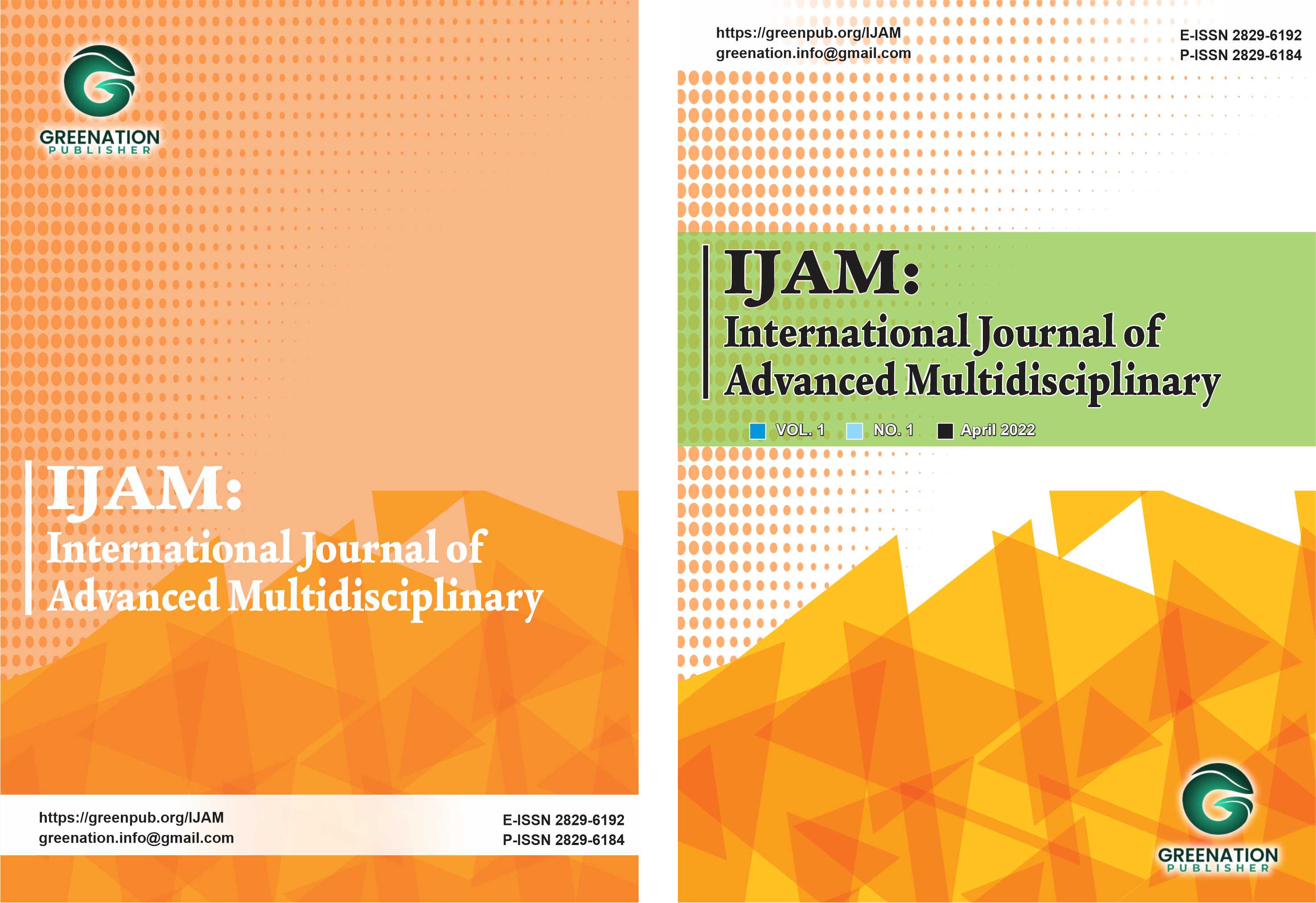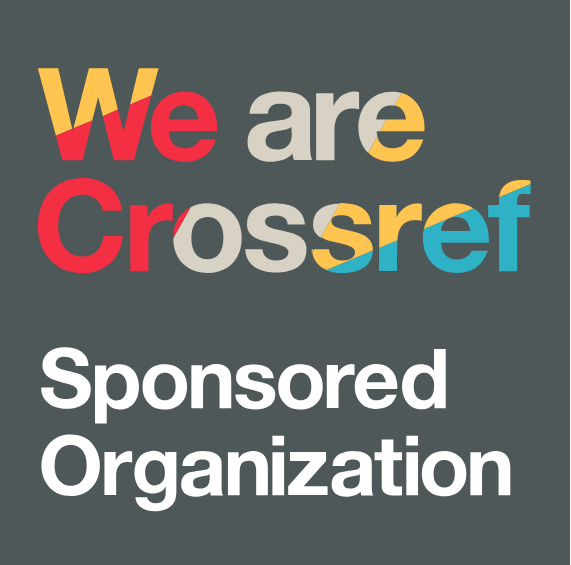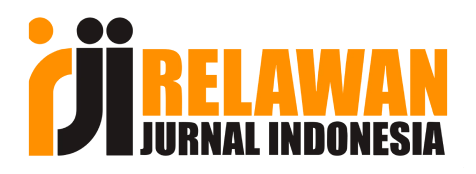Employee Performance in Restaurants: A Conventional Approach to Archive Management and Office Space Design
DOI:
https://doi.org/10.38035/ijam.v4i1.983Keywords:
restaurant, archive management, office layout, kinerja, employee performance, office managementAbstract
This study explores the impact of archival activities and office layout on employee performance in the restaurant industry, specifically focusing on Bejana Restaurant in Nusa Dua, Bali. These two aspects are often overlooked, yet they play a critical role in ensuring proper record-keeping and an efficient workspace, both of which can positively affect employee performance. The research employs various data analysis methods, including validity and reliability tests, multiple linear regression, and tests for linearity, normality, heteroscedasticity, and multicollinearity. The findings show that while the F-test significance value was 0.031, confirming that the regression model can be used to analyze employee performance, neither archival arrangement nor office layout had a significant impact on employee performance.
References
Algifari, M. (2013). Statistika deskiptif plus (Edisi revisi cetakan kedua). UPP STIM YKPN.
Barthos, B. (2013). Manajemen kearsipan. Bumi Aksara.
Ghozali, I. (2013). Aplikasi analisis multivariat dengan program IBM SPSS 21. Badan Penerbit Universitas Diponegoro.
Gie, L. (2012). Administrasi perkantoran modern. Liberty.
Gie, L. (2019). Pengelolaan arsip di era digital. Penerbit Cipta Media.
Gujarati, D. N., & Porter, D. C. (2012). Dasar-dasar ekonometrika. Salemba Empat.
Hayati, A. A. (2020). Pengelolaan arsip dalam meningkatkan pelayanan pada Kantor Kelurahan Muara Jawa Ulu Kabupaten Kutai Kartanegara. EJournal Ilmu Pemerintahan, 5(1), 1–11.
Juwiling, E., Lie, D., & Butarbutar, M. (2016). Pengaruh tata letak ruang kantor dan plant climate terhadap kinerja karyawan pada PT. Bank OCBC NISP, Tbk Cabang Pematangsiantar. Maker: Jurnal Manajemen, 2(1), 42–52.
Mangkunegara, A. A. P. (2011). Manajemen sumber daya manusia perusahaan. Remaja Rosda Karya.
Mulyono, S., Partono, & Kuswantoro, A. (2011). Manajemen kearsipan. Unnes Press.
Musliichah. (2016). Bunga rampai kearsipan. Gadjah Mada University Press.
Musliichah, L. (2019). Sistem manajemen arsip dalam organisasi. Pustaka Ilmu.
Nuraida, I. (2014). Manajemen administrasi perkantoran. PT Kanisius.
Nuryadi, T. A. (2023). Implementasi ilmu manajemen perkantoran dalam menghadapi dunia bisnis digital. Lensa Ilmiah: Jurnal Manajemen dan Sumberdaya, 2(3), 78–82.
Priansa, D. J., & Garnida, A. (2013). Manajemen perkantoran (B. Musty, Ed.). Penerbit Alfabeta.
Sayuti, A. J. (2013). Manajemen kantor praktis. Alfabeta.
Sedarmayanti. (2017). Perencanaan dan pengembangan SDM untuk meningkatkan kompetensi, kinerja dan produktivitas kerja. PT Refika Aditama.
Siddiq, A. (2013). Manajemen perkantoran: Teori dan praktik dalam pengelolaan pekerjaan kantor. Pustaka Akademika.
Sugiarto, A., & Cahyono, T. (2015). Manajemen kearsipan modern: Dari konvensional ke basis komputer. Gava Media.
Sumayang, L. (2016). Dasar-dasar manajemen produksi dan operasi. Penerbit Salemba Empat.
Suraja, Y. (2006). Manajemen kearsipan. Dioma.
Terry, G. R. (2011). Prinsip-prinsip manajemen. Bumi Aksara.
Undang-Undang Nomor 43 Tahun 2009 tentang Sistem Kearsipan Nasional. Lembaran Negara RI Tahun 2009 Nomor 152, Tambahan Lembaran RI Nomor 5071. Sekretariat Negara.
Undang-Undang Nomor 7 Tahun 1971 tentang Ketentuan-ketentuan Pokok Kearsipan. Lembaran Negara RI Tahun 1971. Sekretariat Negara.
Wibowo. (2017). Manajemen kinerja (Edisi ke-5 cetakan ke-12). Rajawali Pers.
Downloads
Published
How to Cite
Issue
Section
License
Copyright (c) 2025 Tettie Setiyarti, Ni Made Purnamasari, Ni Ketut Laswitarni, Ida Ayu Trisna Wijayanthi, Ida Bagus Swaputra

This work is licensed under a Creative Commons Attribution 4.0 International License.
Authors who publish their manuscripts in this journal agree to the following conditions:
- The copyright on each article belongs to the author(s).
- The author acknowledges that the International Journal of Advanced Multidisciplinary (IJAM) has the right to be the first to publish with a Creative Commons Attribution 4.0 International license (Attribution 4.0 International (CC BY 4.0).
- Authors can submit articles separately, arrange for the non-exclusive distribution of manuscripts that have been published in this journal into other versions (e.g., sent to the author's institutional repository, publication into books, etc.), by acknowledging that the manuscript has been published for the first time in the International Journal of Advanced Multidisciplinary (IJAM).























